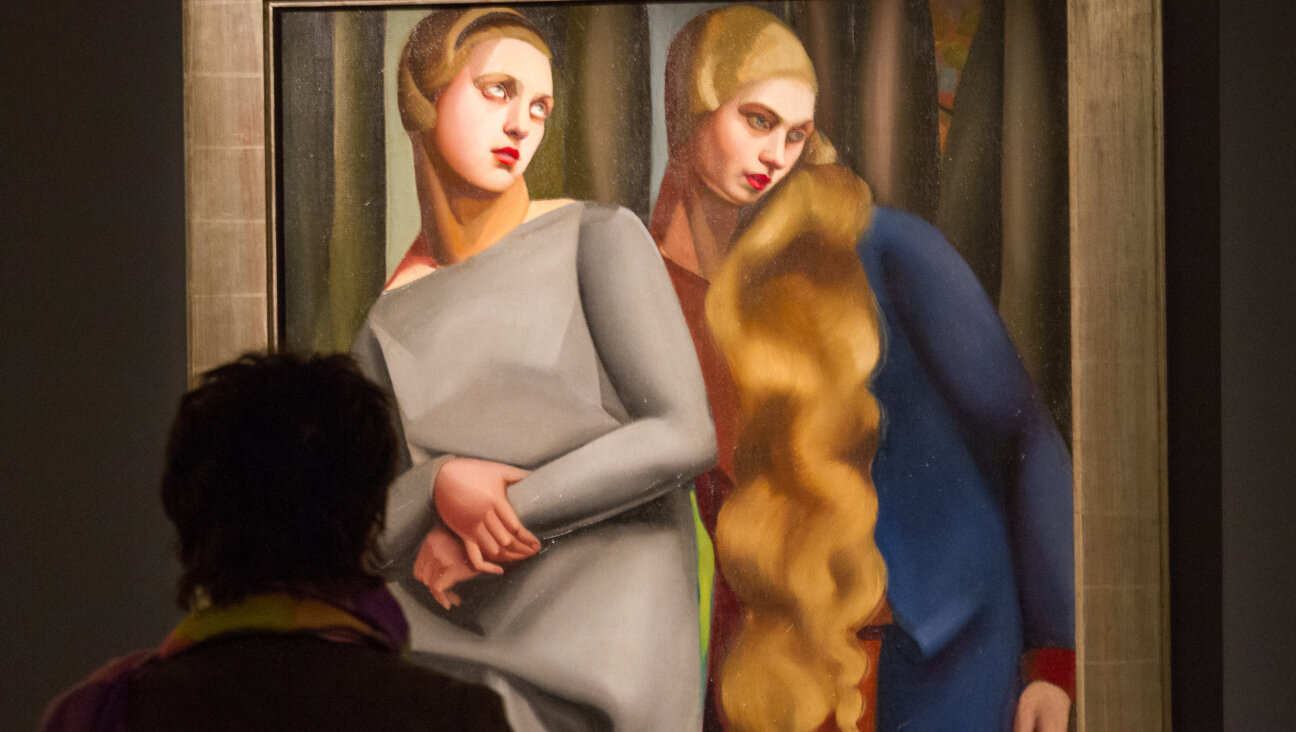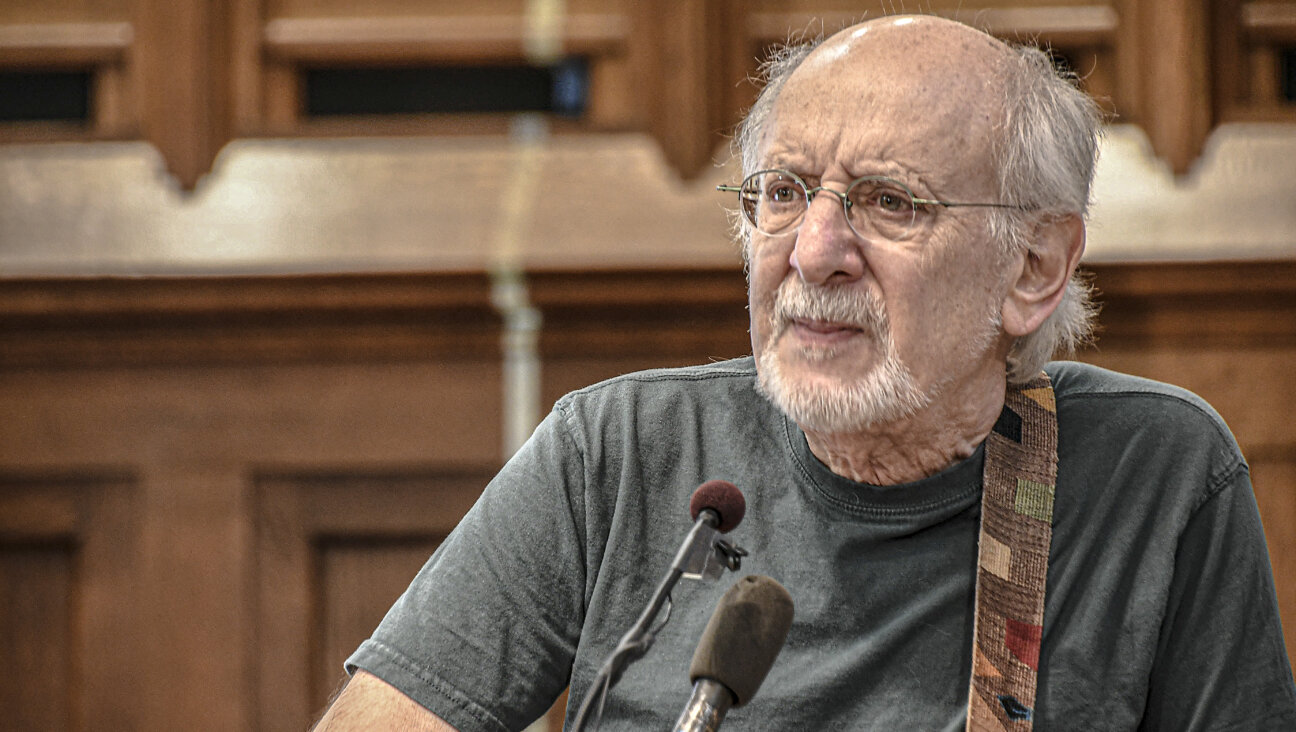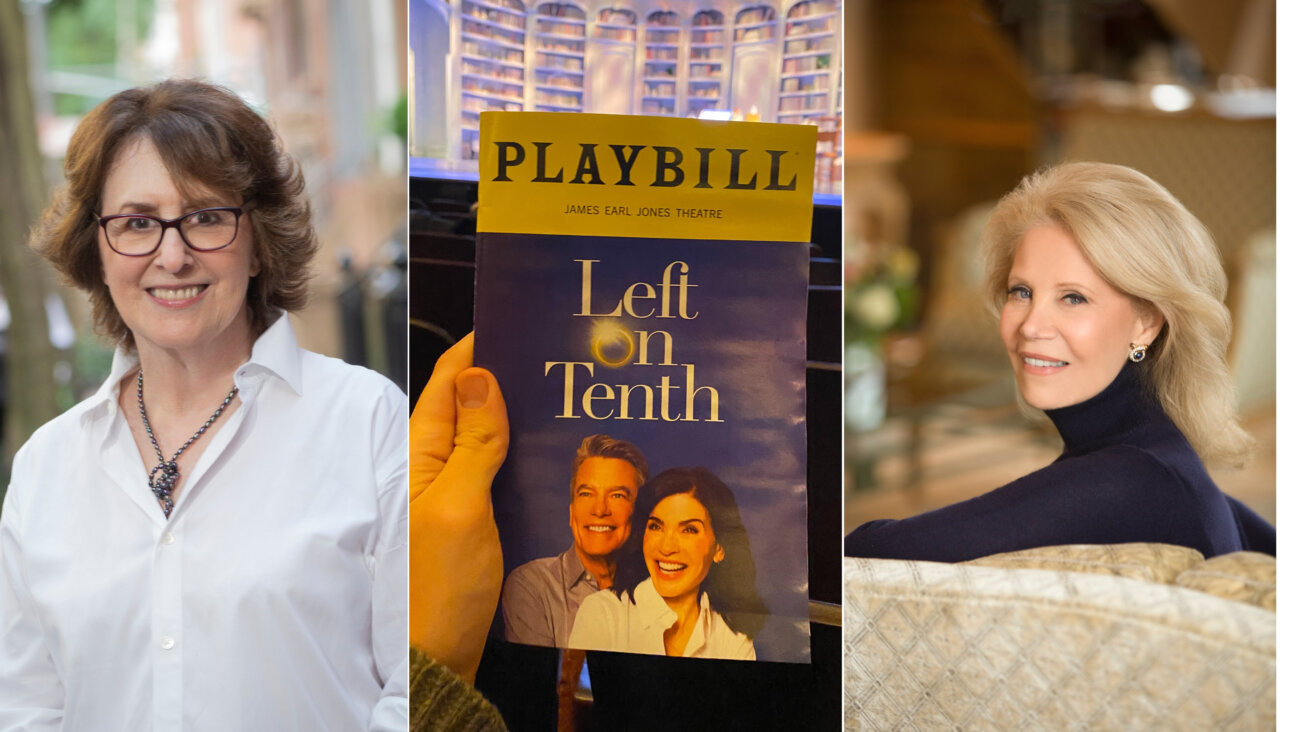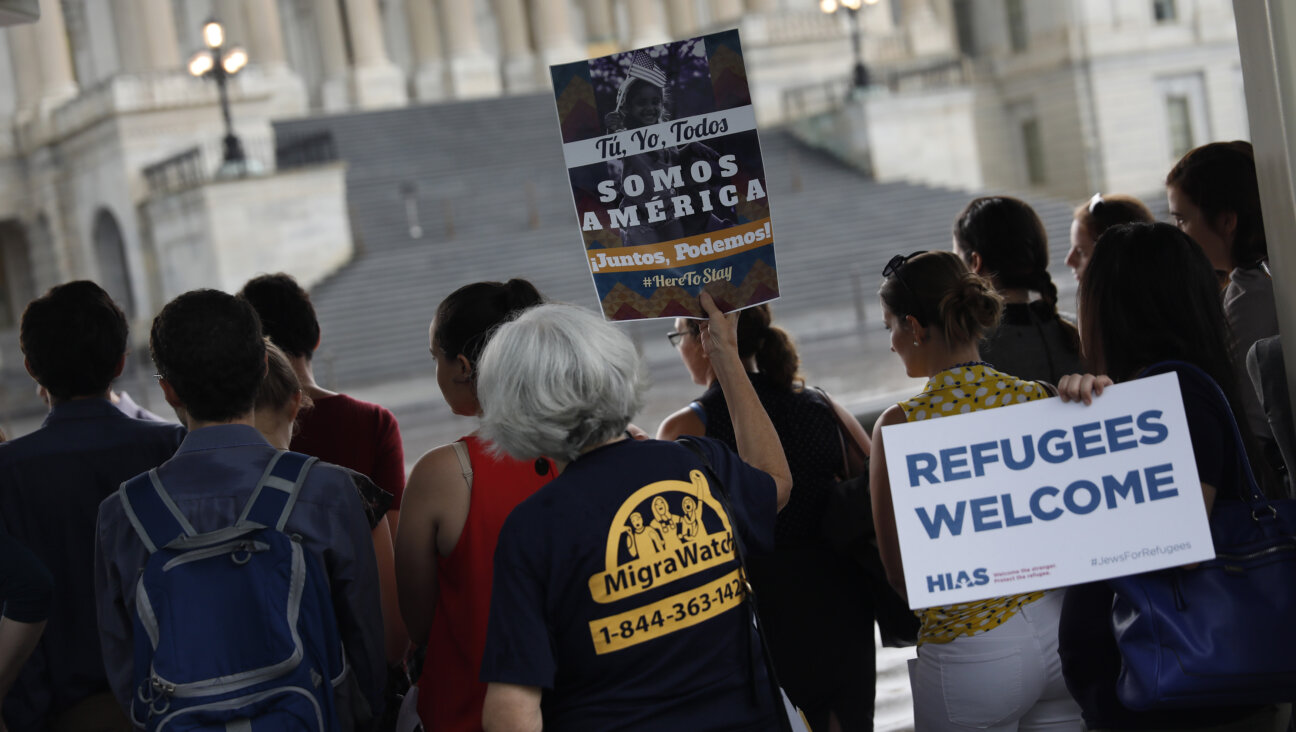When Vegetarians Were Rare
Now that “green” has gone mainstream, affecting the cars we drive, the homes we live in and, most especially, the determinedly pure, meatless food we put into our mouths, many Americans have taken to patting themselves on their backs for their eco-consciousness. To put things in healthy perspective, I’d like to suggest that we take a moment to reflect on a time, not so long ago, when vegetarians were on the margins, rather than at the center, of American culture. In a society that celebrated predation and dominion over nature, a society where the carved wood dining room sideboards of the middle class commonly featured dead stags, hunting dogs and menacing eagles, those who preferred roughage to roast beef were widely seen as curiosities.
This was especially true come Thanksgiving, when millions of households across America dutifully trotted out a turkey as the main bill of fare. For years, The New York Times made a point of writing about those who “eschew[ed] both fowl and flesh,” wondering what they could possibly consume on a day given over to both. “Even the vegetarians are preparing to be bold trenchermen this Thanksgiving although without benefit of turkey, stuffed or otherwise,” the paper duly noted in 1941, recounting how 150 members of the Vegetarian Society of New York were preparing to chow down on Tragopogan porrifolius, more commonly known as salsify, or the vegetable oyster, at their holiday table. “Members of the vegetarian society were looking forward… to the main dish of salsify as a variant from more usual items such as nut ‘meats’ and spinach soufflé,” the daily concluded, its tongue firmly planted in its cheek.
The New York Times and its carnivorous readers might scoff, but the devotees of vegetarianism, like the members of the Vegetarian Society of New York, took their diet quite seriously. This organization, in fact, was but one of several that in the years prior to World War II endorsed vegetarianism. Leading the pack was the Schildkraut chain of restaurants and resorts, whose advertisements appeared frequently in the Yiddish-and English-language Jewish press extolling the virtues of Nutolin, Nutose and Protose, “vegetable meats of excellent taste and quality and easily digestible.”
By the 1930s, there were 15 Schildkraut’s Vegetarian Restaurants sprinkled throughout the Big Apple, where “real food à la Schildkraut,” was readily available. The chain was the creation of Sadie Schildkraut, that self-styled “mother of cooked vegetarian dishes,” and grew out of her unique way with vegetables, prepared so that “they looked and tasted like meat.” At 171 East Broadway, a stone’s throw from the Forward building, at 4 West 28th Street and at 221 West 36th Street, in the heart of the garment center, protose steak, mushroom cutlet and creamed beets awaited the dedicated eater. What’s more, two Schildkraut “vacation hotel resorts” were established in upstate New York, in Saratoga Springs and Highland Falls on the Hudson, to ensure that vacationers might avoid the “usual dietetic risk of the average summer resort”: too much of the wrong kind of food. “A vacation at Schildkraut’s… will be something different,” a 1925 advertisement cheered. “You’ll enjoy it and return feeling ‘Great.’”
Sated but not stuffed, the patrons of Schildkraut’s Vegetarian Restaurants and resorts might also feel virtuous, for there was nothing on the menu that might compromise either their vegetarianism or their kashrut. Although the chain lacked rabbinic endorsement, let alone rabbinic supervision, it prided itself on its attentiveness to the dietary laws. Quick to acknowledge that it did not advertise itself as a kosher establishment per se, “it is nevertheless a fact that [our restaurants] are 100 percent kosher in their service. We use no kind of animal fat. For frying, baking and shortening, we use the best creamery butter and also vegetable fats and oils. We are particularly careful to wash dishes and cutlery with vegetable soap only.”
The kosher consumer was not the only audience for the kind of vegetarian cuisine served up daily at Schildkraut’s. So, too, were the members of the Yidisher Vegetarian Society of New York, who believed in vegetarianism less as an exercise in gastronomy and more as a moral philosophy, a way of being in the world. “We have discarded the meat diet, because it is unethical, unesthetical [sic], unnatural and unscientific,” explained the organization’s secretary, Nathan Samuel Davis, in his 1952 collection of essays on vegetarianism, “Dos Koyl fun dem Vegetarier” (“The Voice of the Vegetarian”), adding that as Jews, “we are always on the side of all the oppressed classes and peoples.”
Where Davis and his confreres politicized the act of eating, other American Jews such as Abraham B. Mishulow, the author of “Gesunt un spies” (“Health and Nutrition”), emphasized its relationship to health. Replete with helpful dietary hints on how to avoid anemia, rheumatism and constipation, as well as with graphs that computed the calories, carbohydrates and fat content of pumpernickel and whole wheat breads respectively, this 1926 guidebook celebrated the virtues of a balanced, meatless diet. A companion cookbook by Mishulow and his wife (who appeared on the title page as Mrs. A. B. Mishulow), provided the recipes that made healthful eating possible: salads, soups, kasha dishes galore and at least two recipes for that vegetarian standby, salsify.
A Yiddish song, “The Vegetarian Hymn,” rounded out the recipes, mission statements and eateries that made up the Jewish vegetarian milieu. “Blessed be he who has the courage not to eat meat, not to spill blood!” went the song. “Blessed be he whose humane heart protects every creature from pain and suffering.”
Read More About It: These and other Yiddish sources on vegetarianism can be found in the Hebraic Section of the Library of Congress.
A message from our Publisher & CEO Rachel Fishman Feddersen

I hope you appreciated this article. Before you go, I’d like to ask you to please support the Forward’s award-winning, nonprofit journalism so that we can be prepared for whatever news 2025 brings.
At a time when other newsrooms are closing or cutting back, the Forward has removed its paywall and invested additional resources to report on the ground from Israel and around the U.S. on the impact of the war, rising antisemitism and polarized discourse.
Readers like you make it all possible. Support our work by becoming a Forward Member and connect with our journalism and your community.
— Rachel Fishman Feddersen, Publisher and CEO























